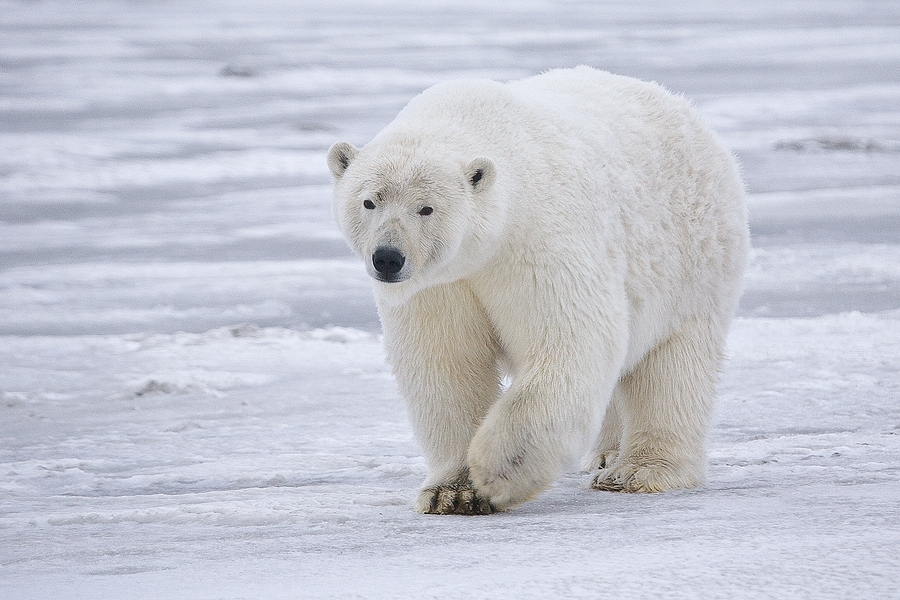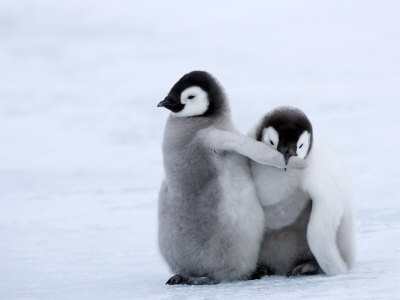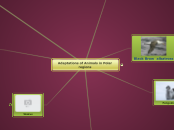Adaptations of Animals in Polar regions

Polar bears
Physical Appearance
White in color
Weight: 350–680 kg
Subtopic
Eating Habits
Seals
Walrus
Humans
Postures

Black Brow albatross
Long-winged span
produce stomach oils
salt glands(on nose)

Penguins
Closely packed modified feathers
Vestigial wings
Countershaded skin
Underwater vision
"Tobaganning" movement
Main topic
Main topic

Walrus
skin
long tusks
air sac
Flippers
respiration
Whales
Lack of hair hep
decreases friction as it moves in water
Thick blubber (fats)
decreases heat loss
increases buoyancy
food store during starvation
source of water
Nostrils open on top of the head
raises to the surface to take in oxygen
Arctic Fox
Structural
Has thick hair on the pads of their feet - protects their feet from freezing and helps them to walk on the ice.
Has thick coat - allow it to survive in freezing cold temperatures
Camouflage - In winter its thick, bushy coat turns white.
Oily fur sheds water and helps to keep the fox dry
Behavioural
Curl up in the snow and cover its nose and face with its bushy tail - keep warm
Hide food in its den or under rocks during summer - storing food for use in winter
Uses ice floes to travel in search of food in the winter

Sheds winter coat for a thinner greyish-brown coat during summer
